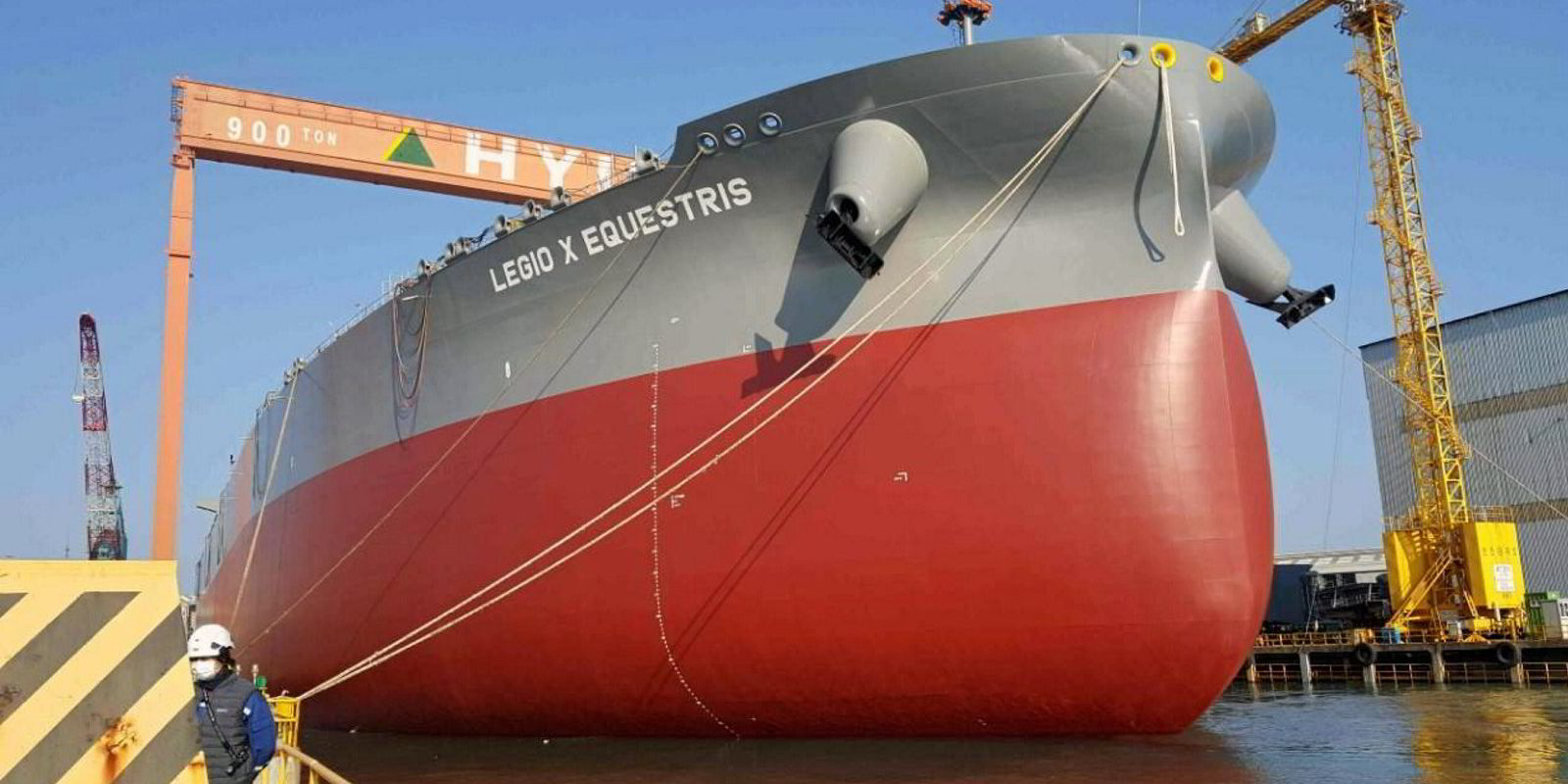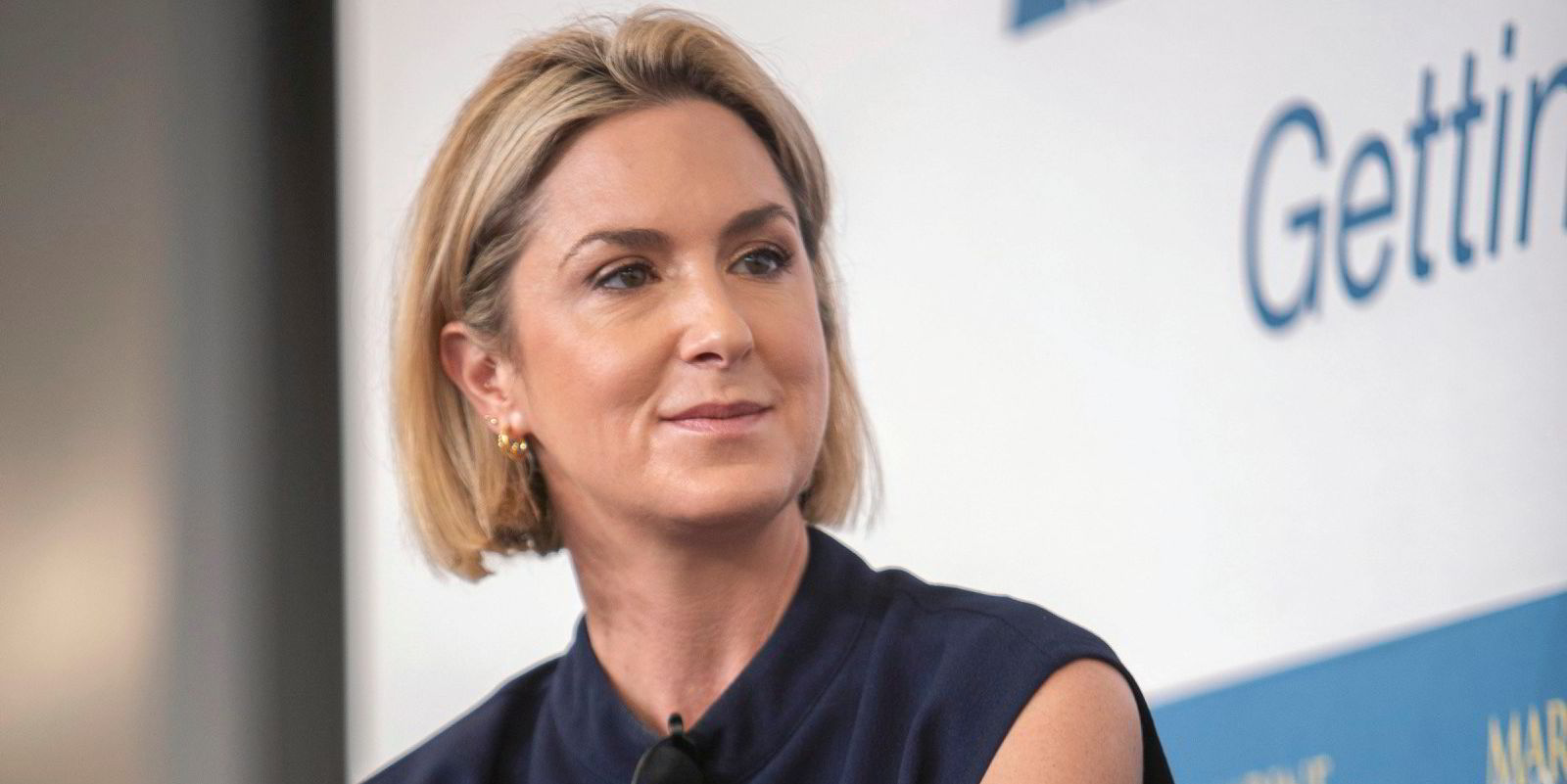So the VLCC sector is finally looking exciting again — well enough to tempt some of shipping’s big guns to track down berth slots at shipyards.
Step forward John Fredriksen, Evangelos Marinakis and Maria Angelicoussis, with George Procopiou said to be hot on their heels, making a lineup of some of the most watched names in the industry, albeit for different reasons.
It might look like an obvious play.
A flagging orderbook is at a record low of just over 20 ships, accounting for approximately 2.6% of the global fleet.
The shocking figure is that just one lone VLCC is due for delivery this year — an AET-owned, LNG dual-fuelled vessel for energy major Shell, a development that surfaced just this week.
Set this against VLCC time-charter rates in 2023 that were at all-time highs and positive market expectations.
According to Fearnleys, tanker tonne-mile demand in 2023 was at or near historical highs, mostly due to trades diverting away from Russian shipments, with the Red Sea uncertainties looking set to hold up this figure going into 2024.
Market players talk about how the Russia-Ukraine war boosted action for product tankers and smaller crude carriers, which have followed the less usual pattern of feeding back up to boost demand for VLCCs.
A crude oil surplus in the Atlantic basin with production growing out of the US, Guyana and Venezuela, coupled with an ongoing increasing demand pull from China is creating expectations that this will push the action for VLCCs to long-haul trades.
The VLCC fleet is also ageing along with its smaller cousins. Nearly half of the tanker fleet will be older than 15 years by the end of 2026, Fearnleys oil tanker adviser Jonathan Staubo said in a presentation this month.
There is likely to be very little fleet growth for the tanker sector in the next few years, the analyst said, and with incoming environmental regulations, the fleet is likely to become “a bit less effective”, which in theory should encourage vessel retirements.
Stack this up against charterers’ desire and requirements for younger eco tonnage below their traditional 15-year age thresholds and the question of whether to ink the contract on a rather hotly priced $128m newbuilding might seem like a complete no-brainer.
Shifting goalposts
Or is it?
On the demand optimism around fleet renewal, tanker market players say don’t count on charterers refraining from moving their age-specific preferences if they face difficulties securing offers for ships of the preferred younger vintage.
Certainty of demand for vessels over the longer term is also becoming less clear-cut amid the push for the energy transition to lower-carbon fuels and how this will play out for crude oil.
The International Energy Agency said in December that peak oil demand could arrive this decade, while Opec secretary general Haitham Al Ghais forecasted that global crude oil demand will top today’s levels by 2045.
Diametrically opposed projections like these are a reflection of the uncertainties ahead for tankers and particularly the largest vessels, and they only make pricey investment decisions harder to fathom.
But surely a highly efficient VLCC newbuilding — albeit one contracted now at a stiff price — is going to be a valuable asset for the next 15 years.
Brokers say shipyard delivery positions in South Korea and China for VLCCs are largely focused on the second half of 2027. Yards are holding an 18-month backlog of orders and are sitting pretty under no pressure to lower prices or free up space — big clients excepted, perhaps.
A VLCC contracted today will turn 15 years old in 2042. What will the crude demand picture look like then? Roll those dice.







